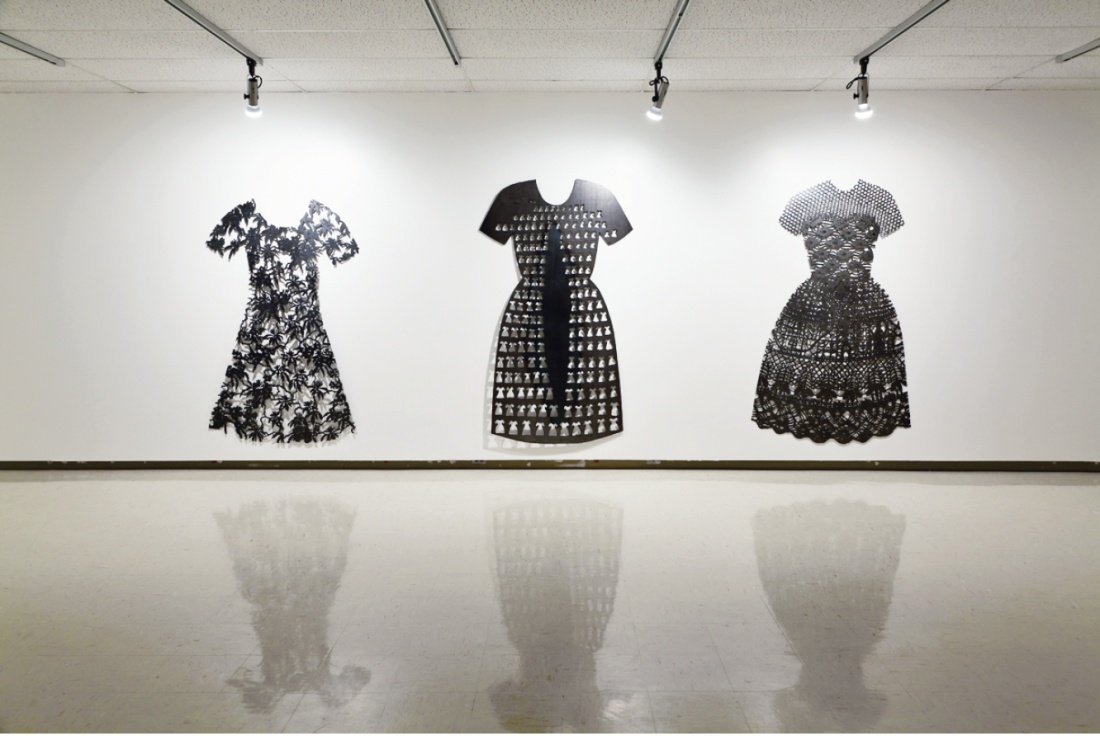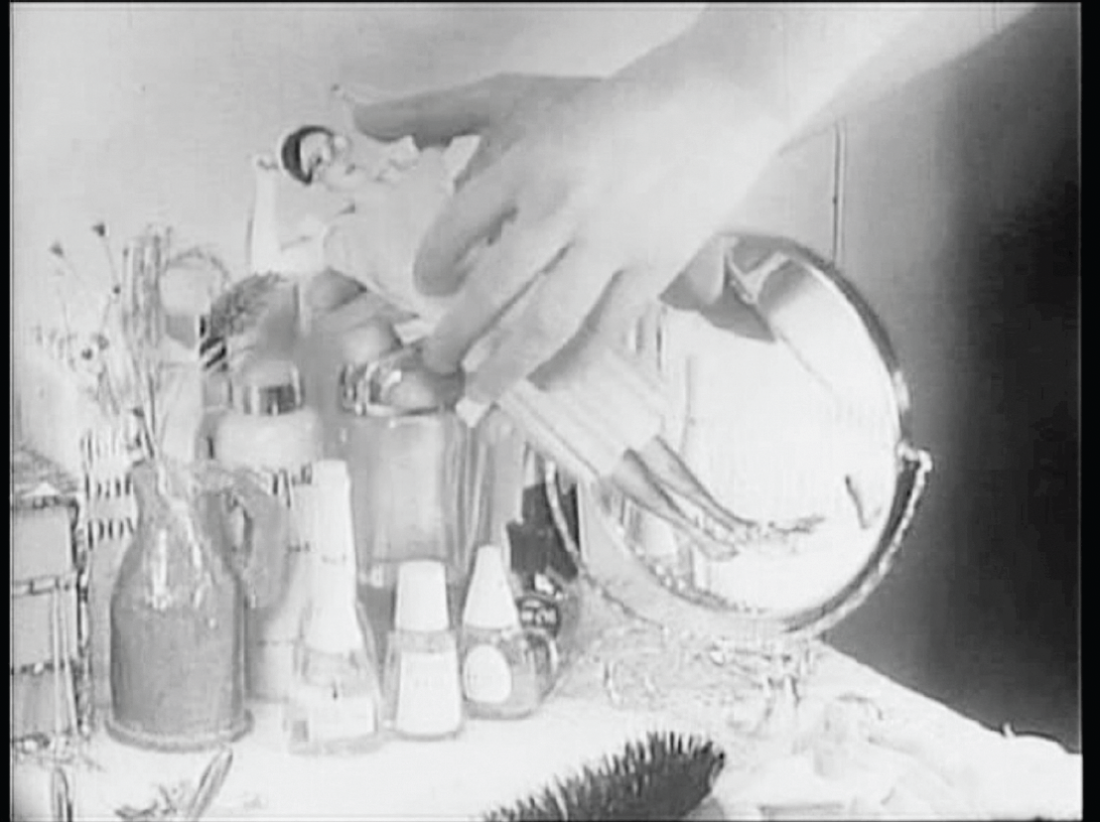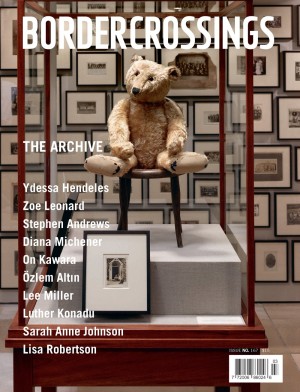“Paper Doll”
For anyone familiar with American writer Sylvia Plath’s poetry and turbulent history, “Paper Doll,” an exhibition built around a rarely seen collection of her handmade paper dolls, sets up an undeniable buzz. To begin with, it comes as a surprise that Plath had a connection to the visual arts, that she maintained during her life, an interest in art and design, and that mid-career she wrote a series of art poems. And then there is the intriguing glimpse into Plath’s childhood, and the dichotomy between the innocence associated with paper dolls and the well documented dark side of Plath’s adult life, evident in her confessional poetry and the nightmarish undertones of her acclaimed semi-autobiographical novel, The Bell Jar (1971, Harper & Row), a story of isolation, depression and suicide.
As the title of the exhibition and the catalogue essay confirm, Plath’s paper dolls (and doll clothes), made at the tender age of 12, provided the impetus for this group exhibition. But what is it about Plath’s archive that captured the attention of curator Anne Koval? And what is the connection between technically proficient but stylized paper dolls made by an adolescent in 1945–46 and the works of seven established contemporary Canadian and American artists also included in the show? As with any exhibition, there is the show the curator intended us to see and the one we actually see. That is, a well-researched and thoughtfully assembled exhibition like this one is guides us along clearly marked routes into an over-arching conceptual framework. But art has its distinct voice, and in this exhibition the contemporary works offer their own complexities that are not always easily contained.

Barb Hunt, exhibition view of “Paper Dolls.” Left to right: Orchid Dress, 1993, plasma-cut cold rolled steel, 180.3 x 113 cm; Small Dresses, 1994, plasma-cut cold rolled steel, 194.3 x 113, collection of the Canada Council Art Bank; Lace Dress, 1995, plasma-cut cold rolled steel, 195.5 x 101.6. Image courtesy the Mendel Art Gallery, Saskatoon.
Although “Paper Doll” is billed as a group exhibition, clearly Plath and her paper dolls are cast in the leading roles. In fact, the exhibition is described as a dynamic, staged “interplay between the Plath material and the work of seven contemporary artists.” In articulating the exhibition’s curatorial focus, the catalogue essay, press material and didactic panel highlight the history of paper dolls, the world of childhood play and fantasy, experimentation with the cut-out as an aesthetic form and the transformation of meaning and medium through shifts in scale. As the contemporary artists were not commissioned to respond to Plath’s archive, the selected works are positioned either in dialogue with the archive or as examples of the themes emanating from it.
The most relaxed and symbiotic interplay with the Plath collection occurs with Cindy Sherman’s self-reflective, early black-and-white animated film, Doll Clothes, 1975. The short film is based on Sherman’s own image as a cut-out paper doll, who bravely ventures out of the plastic sleeve that contains her, poses in front of a mirror and attentively studies her reflected image. Catching her in the act, the hand of the artist reaches down, scoops her up and returns her to the confinement of the plastic folder. The comparison between these early periods of production by two influential American women artists is effective, particularly in light of their adult art practices, which went on to interrogate the performative nature of gender. The Sherman/Plath dialogue opens up an important space for the gendered dimension of children’s play, specifically their struggles with the appearance and experience of femininity. Like Sherman’s awkward enactment of dressing and posing for the camera, Plath’s fashion-conscious, hyper-feminine paper dolls, influenced by Hollywood glamour and popular magazines such as Mademoiselle and Seventeen, speak of an adolescent self-consciousness and uncertainty about identity.
This preoccupation with adolescence is also apparent in Lynne Yamamoto’s Silhouettes, 1998–2011, in which the artist worked collaboratively with a group of teenage girls from New York on a project called “Voices of Women.” As the girls shared their stories, they made paper doll chains and ritualistically burned tiny holes in the doll figures. Referencing the many silences and secrets that the young women made visible, the evocative rows of translucent but scarred doll chains are made of fragile silk tissue and pinned like butterflies to the wall. Responding to the viewer’s movement, the doll chains flutter softly and create a hushed sound, as if the echoes of the girl’s muffled voices are attempting to break free of a culturally constructed “loss of voice.” But the challenge facing Yamamoto’s work, and other works in the show, is that without a didactic label to provide information on the work’s genesis, the richness of the relational component is missing—viewers who have not read the catalogue essay are not privy to the work’s evolution.

Cindy Sherman, Doll Clothes (video still), 1975, Super-8 black-and-white film transferred to video, silent, 2 minutes, 28 seconds. Photograph: Roger Smith. Image courtesy the Mendel Art Gallery, Saskatoon.
Standing in stark opposition to Plath’s stylized princess outfits and Yamamoto’s ephemeral doll chains are Barb Hunt’s monumental-scale trio of black steel lace- patterned dresses, 1993–95. More like armour than fashion statements, these works subvert the notions of idealized femininity usually associated with lacy dresses: first through the short-sleeved, boxy, full-waisted, housedress form, then through the collective and foreboding presence of this over-scale threesome, and finally through the transformation of a cold, industrial material into a group of delicate-appearing but tough-minded “skirts.”
Shifts in scale and material are also at the heart of Cyèble Young’s five miniature worlds, 2010–11, in which Japanese paper is used to sculpt both intimate scenes of everyday life and surrealistic imaginings—perceptual shifts that temporarily transport us into the wondrous vision of a child. Similarly, in Ed Pien’s sensorial installation, Revel, 2011, shimmering, transparent mylar is configured into an immersive and charged space of spirals, layered cut-outs of forest scenes and suspended see-through houses. As places where dreams and memories reside, the multiple doll-size houses, all made of transparent and non-precious material, appear to make something out of nothing, as if dreaming themselves into existence.
By means of cut-outs and pattern, the work of the remaining two artists, Jeannie Thib and Anna Torma, transports us into worlds where the decorative conjures up nature, gardens and embellished surfaces. In Thib’s case the repetitive cut-outs in Double, 2011, appear to explore ornamentation as a meditative presence in itself. Torma’s three colourful embroideries (2010–11) replicate the exhibition’s articulated themes in her use of doll motifs, and in her complex and layered scenarios, in which a cast of quirky characters narrate the transition into womanhood, portray mythological creatures and childhood fantasies and speculate on mortality, pleasure and melancholy.
In situating Plath’s archive of handmade paper dolls within contemporary art practices, Koval opens up a space where “works connect by theme, materiality or the concept of play.” From this show we learn something about Plath, about the phenomenon of paper dolls and the gendered dimension of children’s play, about struggles with transitions from adolescence into adulthood, and about the cut-out as an aesthetic form. But perhaps, more importantly, through the work of these artists, we are reminded that the struggles that play out in lives like Sylvia Plath’s are continually illuminated by the rich and challenging insights contemporary art asks us to consider. ❚
“Paper Dolls” exhibited at the Mendel Art Gallery, Saskatoon, from March 30 to June 10, 2012. It was organized by the Owens Art Gallery, Mount Allison University, Sackville.
Joan Borsa is an independent curator, art critic and associate professor in the Department of Art & Art History, University of Saskatchewan.

